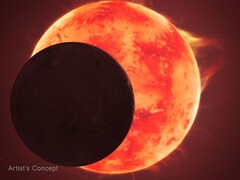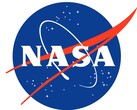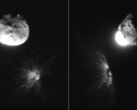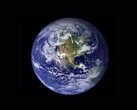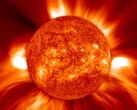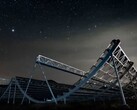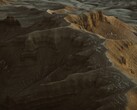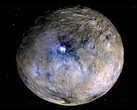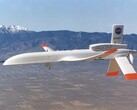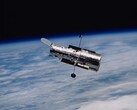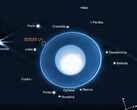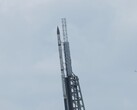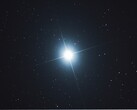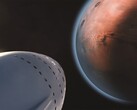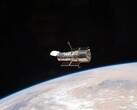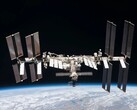Recent observation of TRAPPIST-1 d using James Webb's NIRSpec (Near-Infrared Spectrograph) tool did not show any sign of water, methane, and carbon dioxide on the planet, screening it out of the contest for an Earth-like planet. TRAPPIST-1 d being a rocky planet, Earth-sized, and also the third from its star, has been an object of interest in the circle of astronomers.
Given its distance from its star, scientists have had the idea it could hold liquid water, giving them even more reasons to believe it might be capable of supporting life. While it is in the temperate zone of its star, it makes a complete revolution around it in just four Earth days.
While its closeness to its star provides it with some advantages that could favor life, it also comes with its fair share of disadvantages. Being a red dwarf star, TRAPPIST-1 is known for its volatility — frequently emitting high-energy radiation. These flares can thin out or completely remove a planet's atmosphere. If this is to be the case with TRAPPIST-1 d, it gives a valid explanation for Webb's results.
The lead author of the paper — Caroline Piaulet-Ghorayeb — pointed out a lack of atmosphere as a possible reason for Webb's findings. She also suggested two other situations: an atmosphere too thin to be detected and the presence of thick, high-altitude clouds causing obstruction.
Having ruled out TRAPPIST-1 d, the researchers believe the other TRAPPIST-1 planets might still have atmospheres.
While we didn’t find a big, bold atmospheric signature at planet d, there is still potential for the outer planets to be holding onto a lot of water and other atmospheric components. — Piaulet-Ghorayeb.




